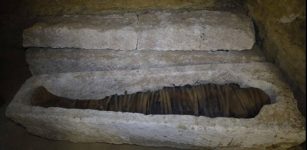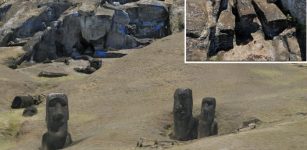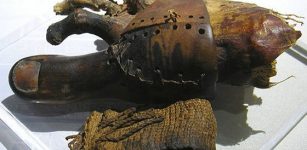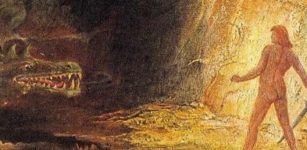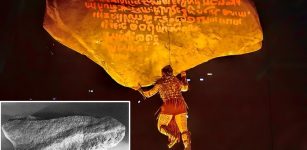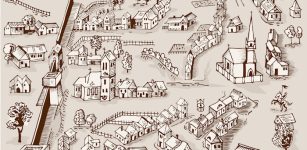3D Models Used To Study Linya, The Prehistoric Woman Who Lived 14,000 Years Ago In Pyrenean Foothills
Jan Bartek - AncientPages.com - When excavating in the La Noguera region of the Pyrenean foothills, Spain scientists discovered bony remains of a 14,000-year-old skeleton of a small adult woman. She was nicknamed dubbed Linya, the Lady of La Noguera.
In this summer's campaign, excavation work continued around where Linya's remains had been found, yielding the stone tools that surrounded her and endeavoring to reconstruct the natural post-death processes that led to her skeleton ending up buried under blocks of stone.
Credit: CENIEH
Various techniques are being used for this: stratigraphic studies, assessing the processes that accumulated the sediment; 3D photogrammetry to study the geometry of the strata and the site; laser scanners and drones with highly accurate GPS for 3D modeling of the site, and terrestrial photogrammetry to model the excavation where Linya was found.
"These 3D models are undergoing high-resolution processing at the CENIEH Digital Mapping and 3D Analysis Laboratory, and they will be crucial to the virtual reconstruction of the terrain where this member of our own species lay," explains Benito Calvo, a geologist at the Centro Nacional de Investigación sobre la Evolución Humana (CENIEH) who has been collaborating since 2009 with the archaeological team from the Center for Archaeological Heritage Studies at the Universitat Autònoma de Barcelona (CEPARQ-UAB).
50,000 years of prehistory
Cova Gran is a large semi-vaulted rockshelter, where degradation of the walls led to accumulation of sediments inside that were progressively buried, thus preserving for us today the activities of the populations who lived in this area of the Pyrenean foothills during the last 50,000 years. The site has conserved important prehistoric settlements from the last Neanderthals to the first modern humans, right up to the earliest farmers in the Neolithic.
Written by Jan Bartek - AncientPages.com Staff Writer




